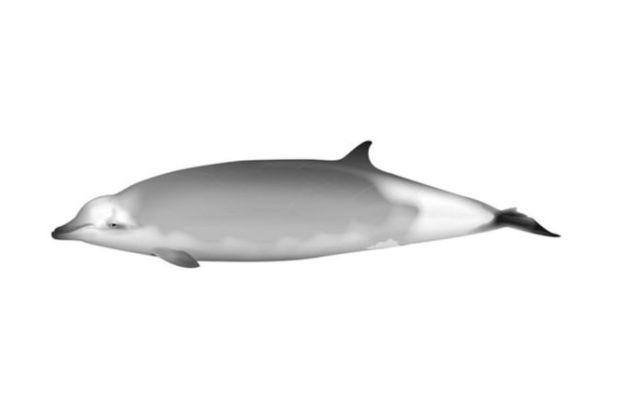An international research team’s identification of a new whale species, achieved through a combination of Maori knowledge, morphological study and genomics, has been named one of the top 10 marine discoveries of the past year.
Studies initiated by Maori whale expert Ramari Stewart have resolved a decades-long dispute in marine research circles, definitively distinguishing an elusive southern hemisphere cetacean from the True’s beaked whale of the north.
When a dead female washed up on the west coast of New Zealand’s South Island in 2011, Ms Stewart recognised the creature as unique. She recovered the skeleton, now an exhibit at the national museum in Wellington, and agitated for further research into the whale and its conservation status.
A decade later, a team of 33 scientists from 11 countries confirmed her assessment in the journal Proceedings of the Royal Society B. The 2011 specimen is the “holotype” or single specimen upon which the new species’ description is based.
Analysis of mitochondrial DNA, skull studies and whole genome comparisons of two individuals – one from each hemisphere – overturned a 1980s determination that both groups belonged to the same species. Rather, they had diverged somewhere between 500,000 and 2 million years ago.
The paper’s lead author, University of Auckland molecular ecologist Emma Carroll, said it was not clear where the species had originated. One possibility was that the whales had inhabited equatorial regions during a glacial cycle when tropical waters were cooler. “As the temperate waters started moving away from the equator, [perhaps] the populations just started moving with them.”
This was one of many mysteries surrounding beaked whales, the world’s deepest-diving mammals, which can descend up to 3,000 metres for over an hour. “We can’t even do that, with all our technologies and everything,” Dr Carroll said. “These animals are amazing.”
The new species, Ramari’s beaked whale, is the first cetacean named after an indigenous woman. Biodiversity research hub LifeWatch Belgium has proclaimed it one of “10 remarkable new marine species” from 2021 along with a crustacean called the “balloon backpack isopod”, a deep-sea octopus dubbed the “emperor dumbo” and a fish named the “Yokozuna slickhead”.
“The discovery, description, and naming of this new species serves as a beautiful example of the impact indigenous culture and science can have when combined,” LifeWatch said.
Ms Stewart acquired a deep understanding of cetacean behaviour and whale migratory routes from Maori elders and their oral histories. As a 10-year-old, she was recognised as a “whale rider” with a special kinship to marine mammals, according to New Zealand Geographic.
She has led scientific expeditions, published journal papers and developed techniques for preparing whale bones for research and exhibition, and is credited with preserving the world’s only skeletal remains of an entire family of killer whales.
In 2020, she was awarded the New Zealand Order of Merit for her research and whalebone recovery. “Ms Stewart continues to teach traditional Māori recovery methods to local iwi [tribes], ensuring that her knowledge is retained for future generations,” a testimonial notes.
In a video produced to mark the new species’ discovery, Ms Stewart hailed the growing recognition of mātauranga Māori or indigenous knowledge within Western science. “The two can work together, but rather than…taking from indigenous practitioners, taking their knowledge, it is better that we both sit at the table and make a contribution there.”
Register to continue
Why register?
- Registration is free and only takes a moment
- Once registered, you can read 3 articles a month
- Sign up for our newsletter
Subscribe
Or subscribe for unlimited access to:
- Unlimited access to news, views, insights & reviews
- Digital editions
- Digital access to THE’s university and college rankings analysis
Already registered or a current subscriber? Login









